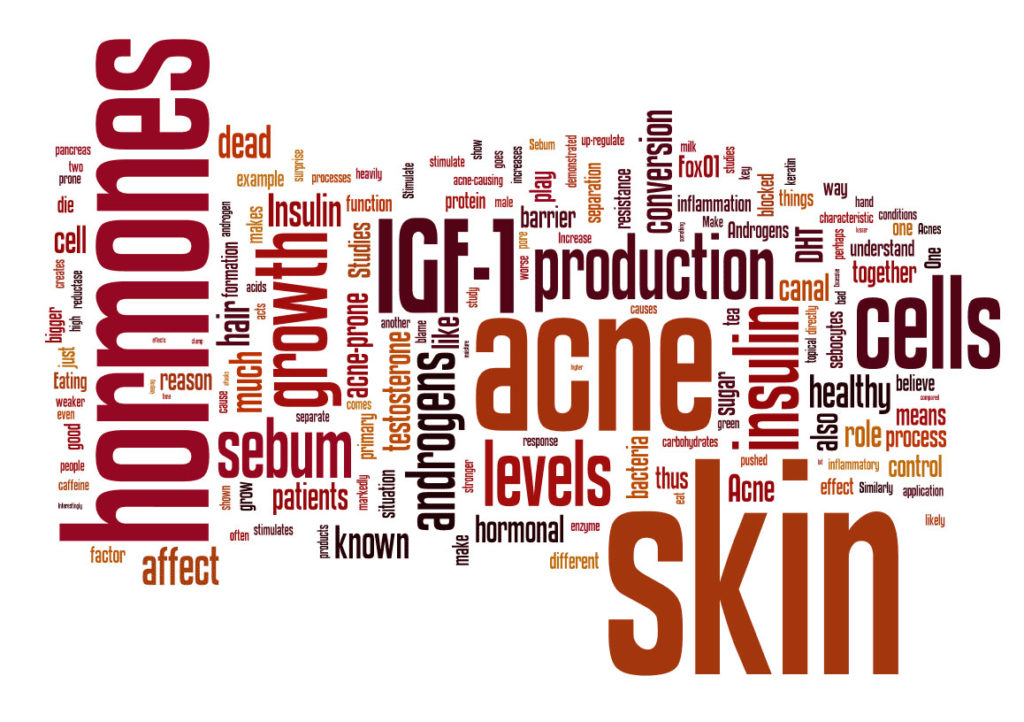There seems to be a bit of an obsession with protein nowadays – a plethora of protein products exist on the market: from bars and powders to shakes. High protein diets have cycled back into fashion. So, what’s the deal with protein?
Proteins are large, complex molecules (made up of smaller molecules called amino acids), that are essential components of every tissue in our bodies including muscles, blood, hormones, and bone. Enzymes, critical to metabolism, and the antibodies of our immune systems, are also composed of protein.
Our bodies, cleverly enough, can synthesise many of the amino acids we need – but not all. There are 20 different amino acids, 9 of which are known as essential, as these are the ones that can’t be internally manufactured, we need to get them from the food we eat. These 20 amino acids are combined in various sequences, by the body, to make 10,000 to 50,000 unique proteins, which is remarkable really!
Our DNA determines the structure of the protein being made, and that structure determines its function. Proteins that form our tendons have a long rod-like structure, which provides a strong, fibrous connection that attaches muscles to our bones. Red blood cells are shaped like flattened discs with a small depression in the centre – this shape allows them to move easily through both large and small blood vessels, as the proteins are flexible and can be compressed or squeezed when moving through a small capillary. In this way, oxygen can be delivered to every part of the body where it’s needed. If a protein loses its shape, it will lose its function. Heat, strong acids or alkalis, heavy metals (like mercury, arsenic, cadmium, chromium, and lead) and excessive alcohol, can cause a protein to lose its shape.
Some of the many functions of protein include cell growth, repair, and maintenance. Skin cells only live for thirty days, red blood cells live for three to four months and the cells lining our digestive tract live for three to six days before being replaced.
Other functions involve maintaining the pH of our blood, the proper balance of fluid and electrolytes and the transport and storage of nutrients.
Next month we’ll look at individual requirements, good sources of protein & whether eating lots of protein can really make you look like Mr Universe!
If you would like help with creating new routines and learning how to prioritise your health, e-mail me at paula@drkathleen.co.nz for an appointment

Registered Nutritionist (NZ) & Health Coach
(BSc Nutrition and Sports Science)
Member of the Nutrition Society of New Zealand
References:
http://www.nutritionfoundation.org.nz/nutrition-facts/Nutrients/protein)
The Science of Nutrition. Thompson & Manore p 222 –
https://www.ncbi.nlm.nih.gov/pmc/articles/PMC4144270/




